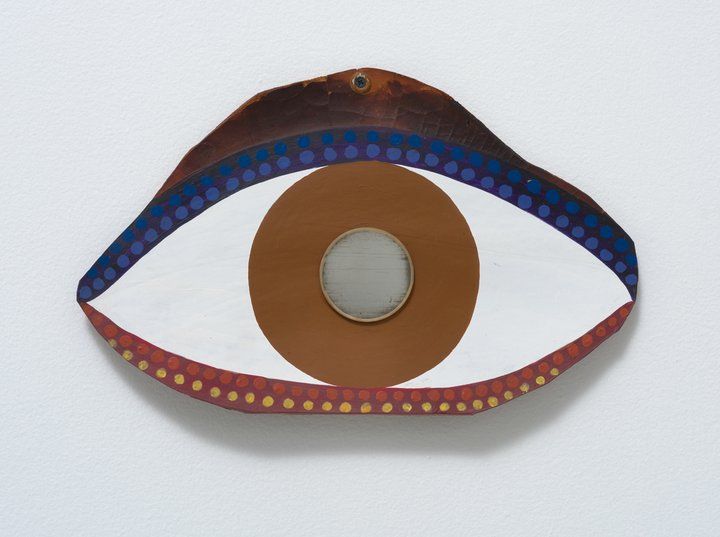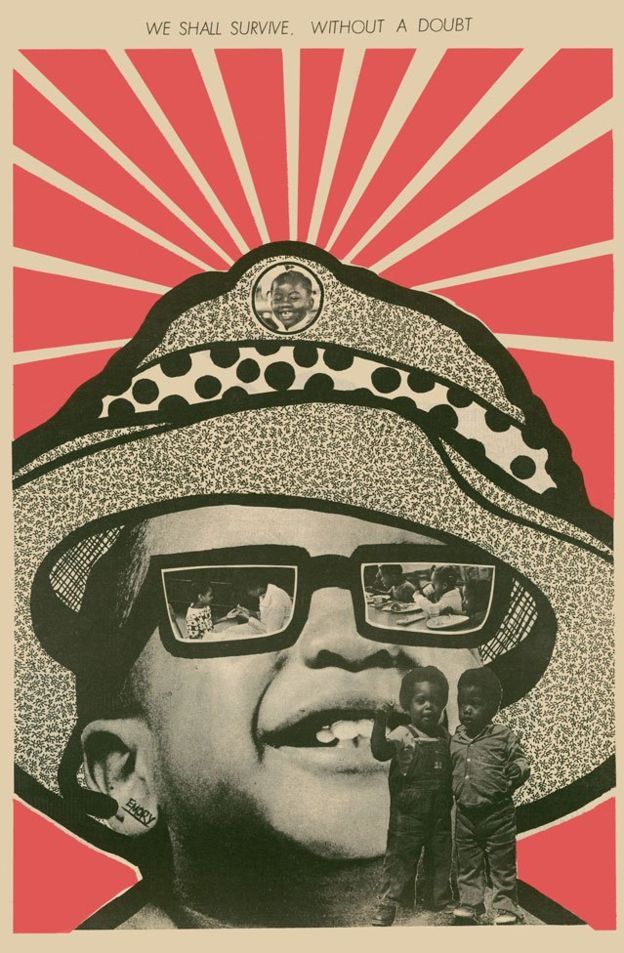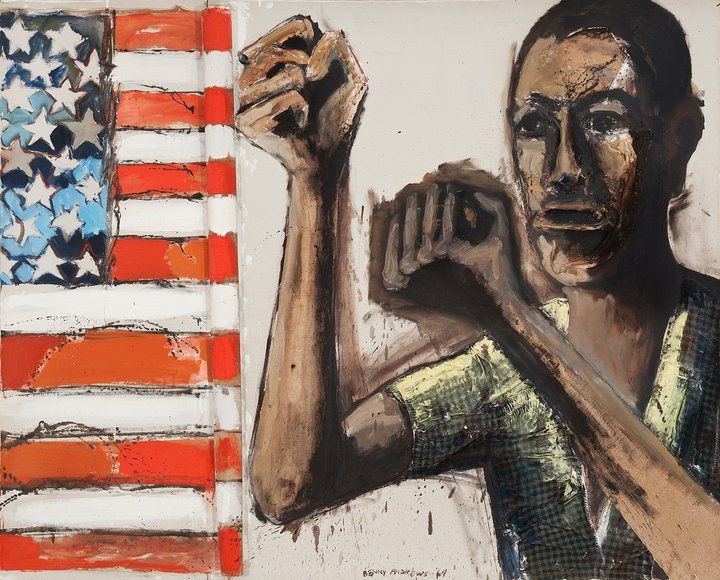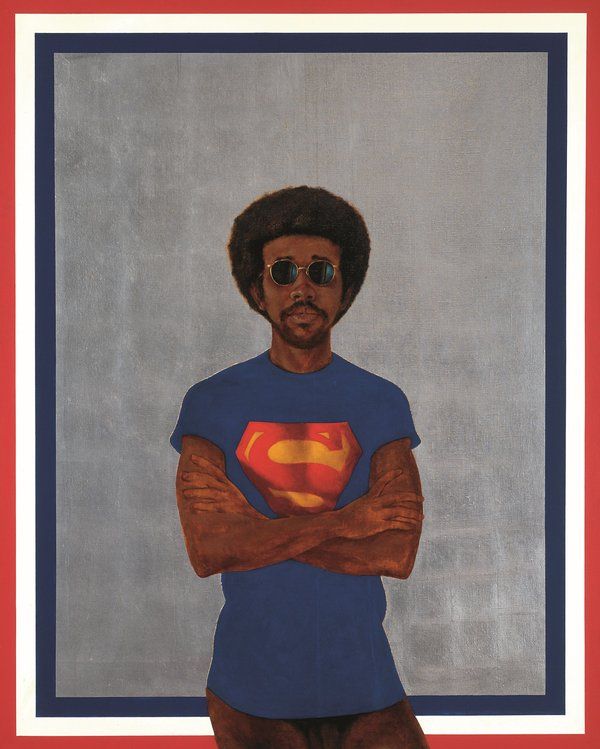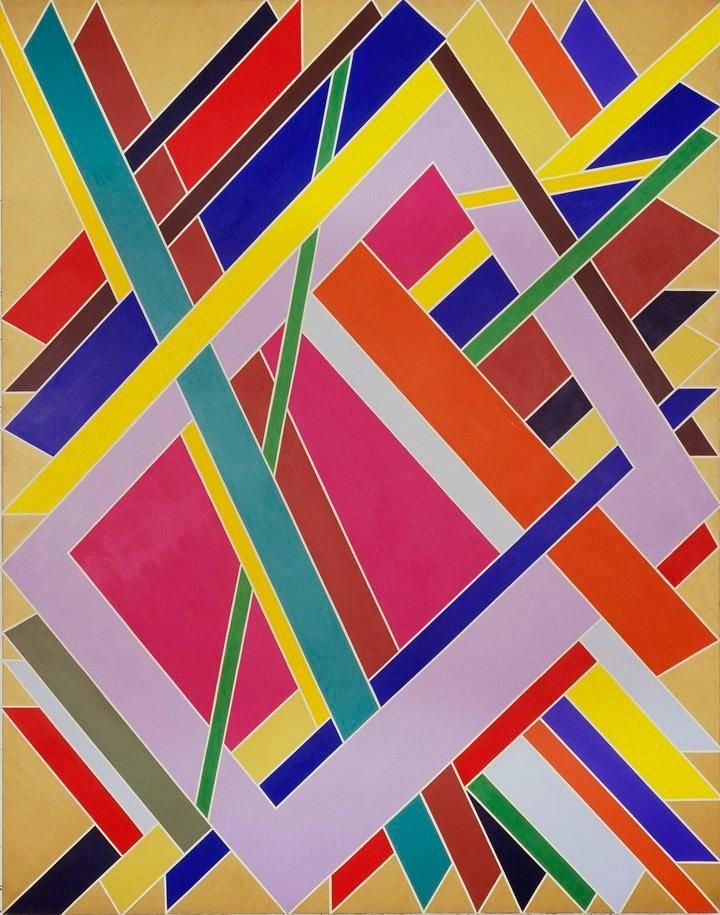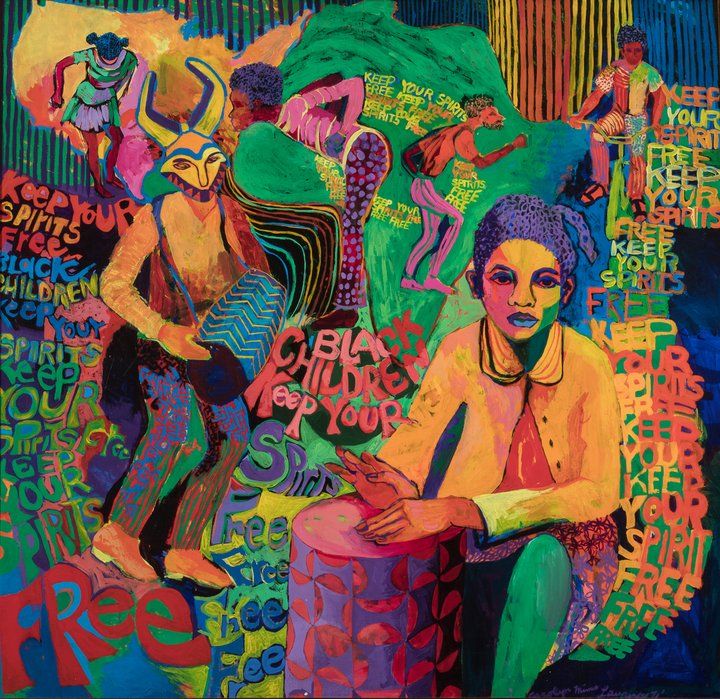Revolutionary Black Artists of the Civil Rights Era Get Exhibition in the UK
“Soul of a Nation: Art in the Age of Black Power” features iconic works alongside pieces that have long been overlooked by the mainstream
Civil Rights. Black Power. Black Arts. These movements helped power the 1960s and 1970s as a defining era of political and cultural shifts. They were, in turn, reflected, celebrated, examined and criticized by black artists of the time. Now, the Tate Modern in London is exploring these artists in a new exhibition opening this week, reports Steven W. Thrasher at The Guardian.
Called "Soul of a Nation: Art in the Age of Black Power," the exhibit includes 150 works from 60 artists created between 1963 and 1983 with many artists displayed in the U.K. for the first time. According to a press release, the show starts in 1963 with the New York arts collective called the Spiral Group, which worked to connect art and activism and explore the place of black artists in an era of segregation.
The show also explores things like the street mural movement in Harlem, posters and newspapers created by activists like the Black Panther Party’s Culture Minister Emory Douglas, who once proclaimed, “The ghetto itself is the gallery,” as well as art innovations like the color field movement.
The exhibit moves through the era, including Roy DeCarava’s black-and-white photographs of the era from iconic shots of the Mississippi freedom marches to the greats of jazz. Famous pieces like Barkley L. Hendricks' 1969 painting, “Icon for My Man Superman (Superman Never Saved Any Black People – Bobby Seale)” are also on display, as well as explorations of artists who have long been overlooked by the mainstream, like Betye Saar.
Artist William T. Williams, whose geometric murals from Harlem are represented in the show, tells Thrasher he hopes the exhibit helps broaden views about black art. “I hope the viewer will see 65 different artists working in a time period, with different ideas and interests and technique – skilled at what they’re doing. I hope it gives them some sense of the history of the medium and the history of art in general,” he says. “If it gives them some sense of what the soul of a nation is, that would be interesting. But that implies a bigger burden than just being members of a nation.”
Over at The Guardian, art critic Jonathan Jones lauds Sam Gilliam's abstract piece featured in the exhibit. Titled "April 4," it depicts dollops of color breaking through a haze of melancholy lavender, commemorating the first anniversary of the assassination of Martin Luther King, Jr. Overall, Jones contends, the show “uncovers an entire lost history of American art.”
Lost, at least, to the mainstream. While contemporaries like Andy Warhol, Jasper Johns and Robert Rauschenberg were turning over the established art world, these black artists were doing the same during the era, only without the LIFE magazine covers and major gallery attention.
